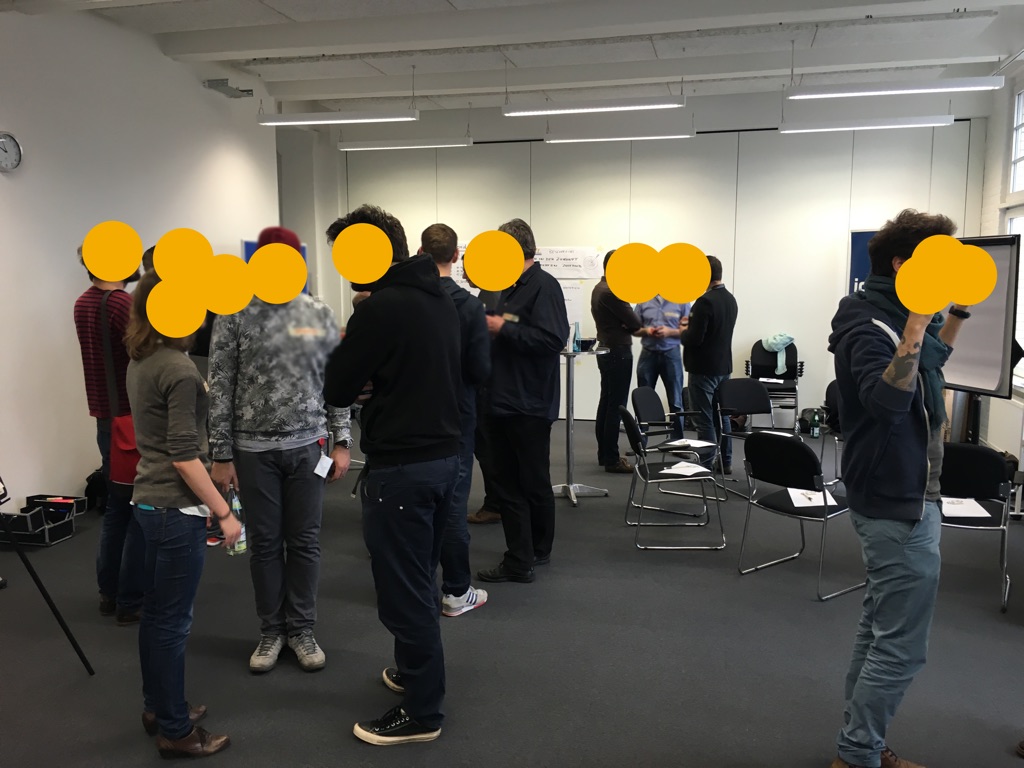Find Focus & Feel Good – Moving Meetings
Stanford University behavioural and learning scientists, Marily Oppezzo and Daniel Schwartz discovered a huge upswing in creative-thinking when walking compared to sitting.
I’ve long been a fan of moving meetings, often by myself – yes, I know that sounds oxymoronic – to problem-solve and think about the bigger picture of the business. This thinking tool took on new meaning in 2014 when Rocky, our now nearly six year-old whippet came into our lives, and I had to find diary space to walk him without losing work time. These Monday Morning Moving Meetings with Myself, as I call them, have been fixed in my diary ever since and lately have been crucial in identifying my focus areas for the week ahead during Covid-19 enforced work from home.
“Stanford researchers have found a HUGE upswing in creative thinking when walking compared to sitting.”
In recent weeks we’ve heard many coachees talk about exercise reducing and sleep worsening as they attempt to combine 1.5-2 jobs into a day meant for one (1.5 jobs = childcare split with a partner plus a substantial full-time paid role or two jobs if there’s no partner at home to share the load). This is in stark contrast to child-free professionals or those whose kids are now teens+ who are glowing from Yoga with Adrienne, outdoor running and culinary creativity in place of frazzling-commutes. The stress many of our coachees are experiencing is palpable and easily detected over the phone (we offer coachees a choice and many opt for the phone instead of Zoom or MS Teams to give them a breather from screens and webcam).
One coaching conversation in particular sparked my decision to create the film you see here. The coachee had returned to a new, bigger job after extended leave, was feeling completely overwhelmed and not making time for exercise. Exercise is positively additive to work performance, especially when that time is outdoors in green spaces – sometimes you have to run through the trees to see the wood for the trees, if you know what I mean.
Stanford University behavioural and learning scientists, Marily Oppezzo and Daniel Schwartz discovered a huge upswing in creative-thinking when walking compared to sitting (average increase was 60%). Check out Marily’s TED Talk. A word of caution though – don’t expert walking to get you to the final answer of a very complex puzzle, it’s much better for generating ideas or ‘divergent thinking’ than ‘convergent thinking.’
In this post-run film I share what I ‘achieved’ in 37 minutes (and I think my skin looks better too? Oh the benefits….)
Some of our coachees have started taking their coaching time whilst walking, seeing the time with their coach as a combination of health and work-enhancement. We always take notes so we can send key points over to them afterwards if they haven’t taken their own.
When will you take a moving meeting with yourself?
If you found this post useful you might be interested in our Reflect & Refocus team workshop for teams who want to regroup, reflect on what they’ve experienced over the last few months and re-contract for how they work together in this new ‘mixed economy’ of partially remote/office teams.
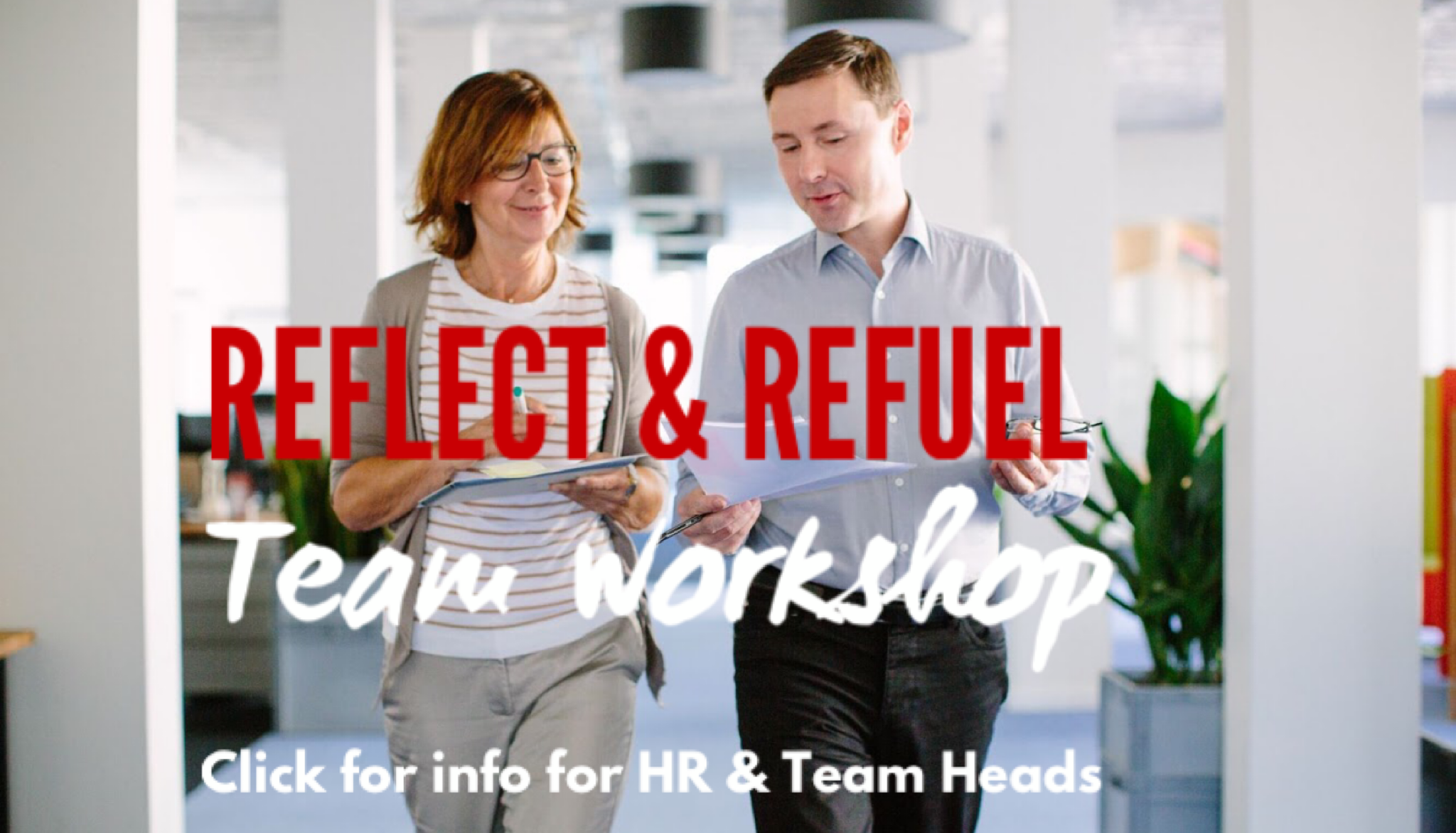
CLICK THE IMAGE FOR A PDF OVERVIEW TO TAKE AWAY.
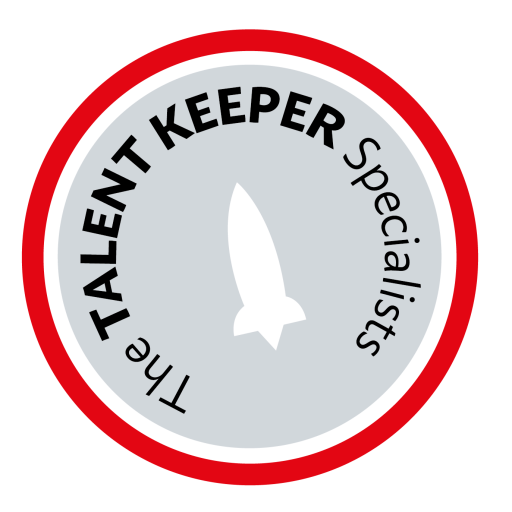





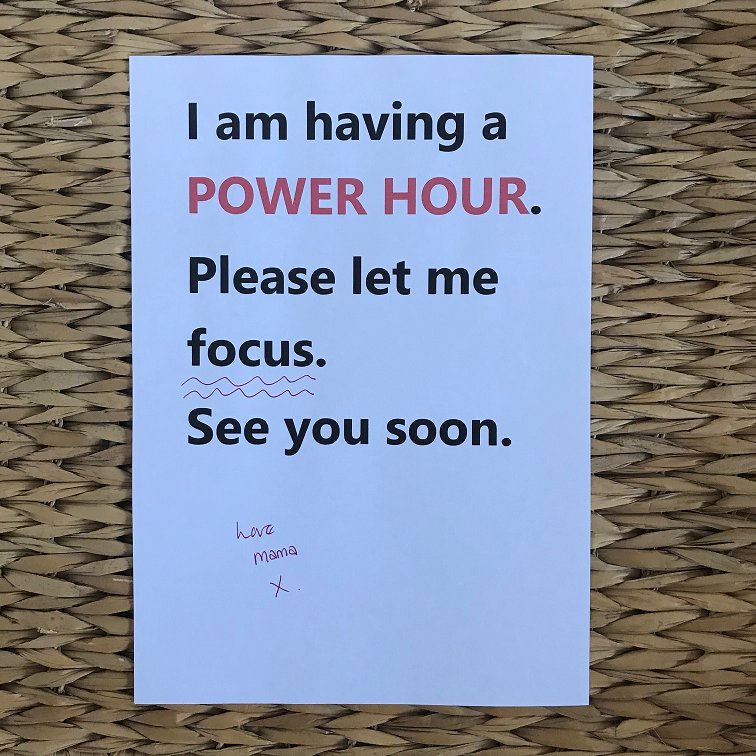
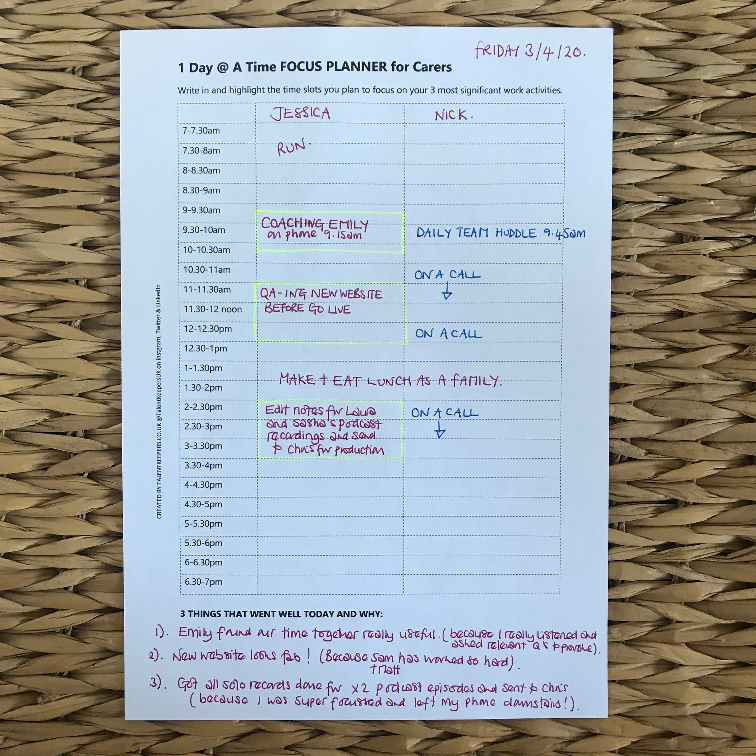

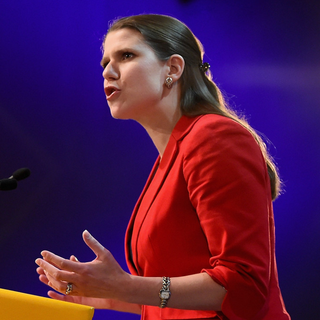
 The average cost of childcare across the UK ranges from £213/week for a registered childminder to £512/week plus tax and NI for nannies, with nurseries sitting in between. In London, our financial centre, the cost rises to £276/week for a childminder, £278/week for a day nursery and £616 plus tax and NI for a nanny (50 hours/week). [Source:
The average cost of childcare across the UK ranges from £213/week for a registered childminder to £512/week plus tax and NI for nannies, with nurseries sitting in between. In London, our financial centre, the cost rises to £276/week for a childminder, £278/week for a day nursery and £616 plus tax and NI for a nanny (50 hours/week). [Source: 
